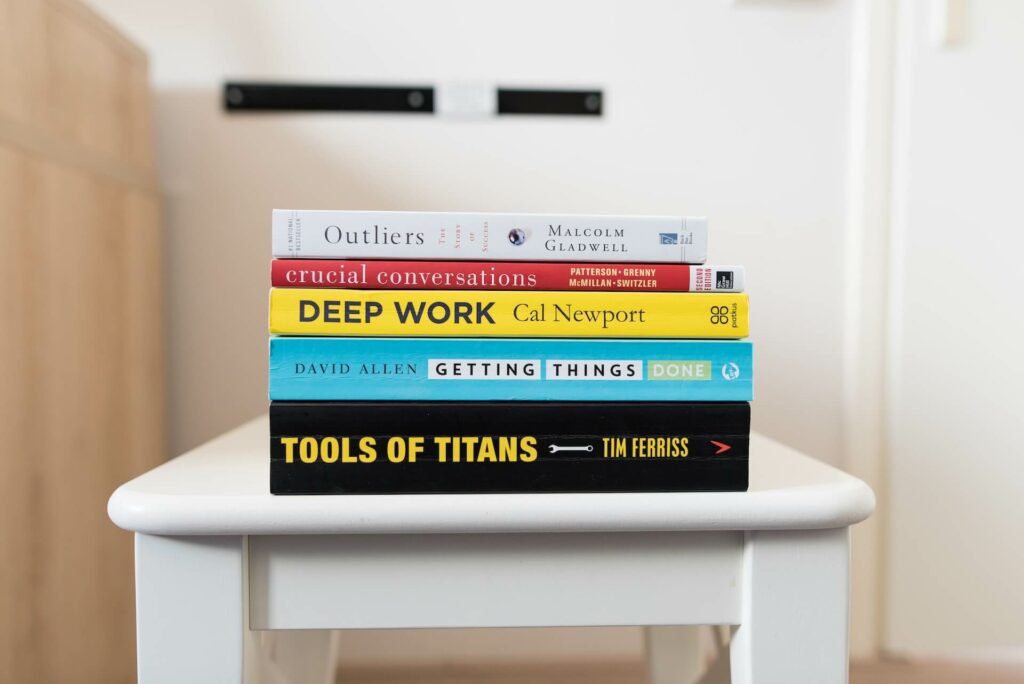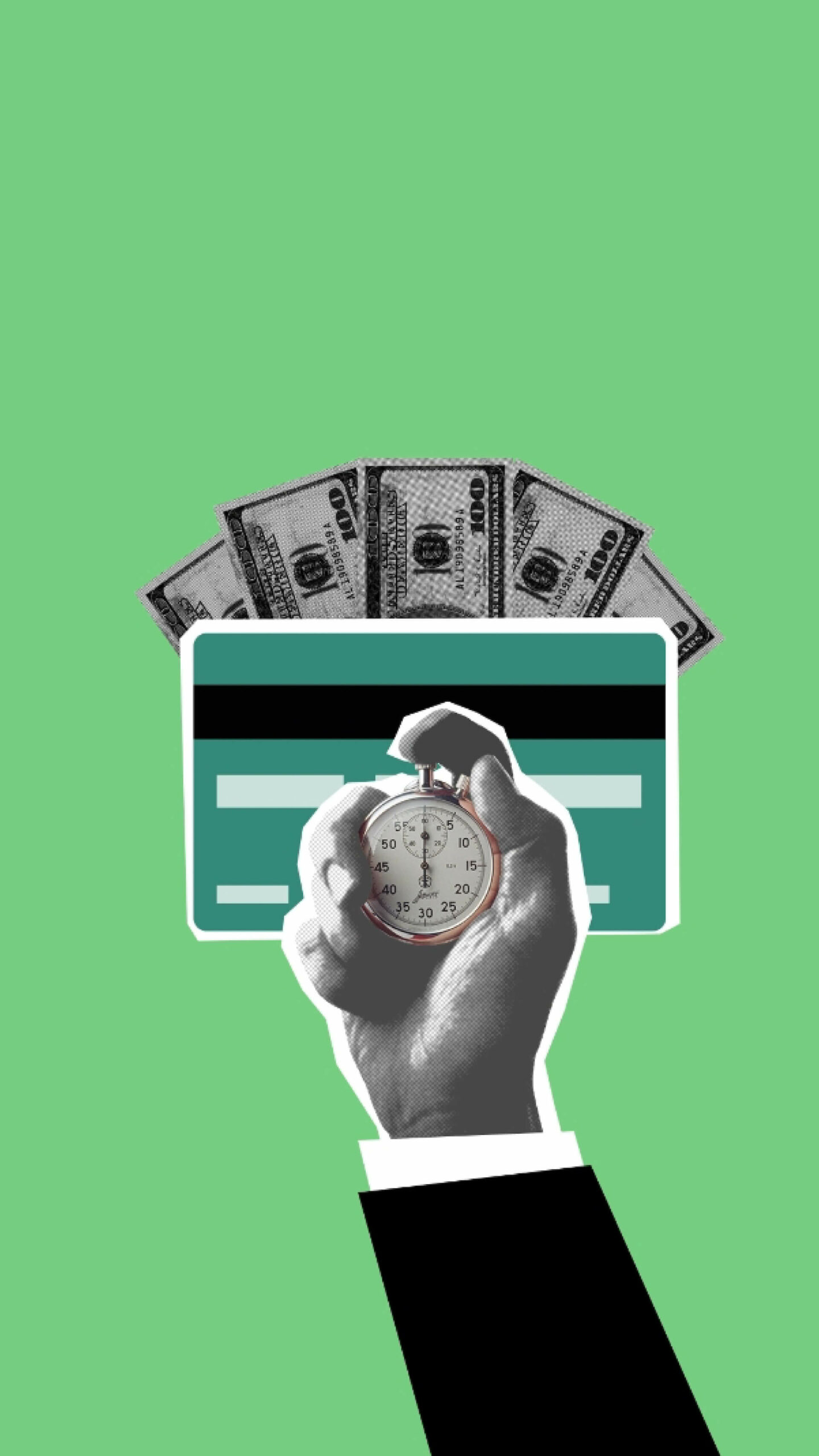Time management is planning and controlling how much time to spend on specific tasks to increase effectiveness, efficiency, and productivity.
Why should you do time management?
People start searching for time management concepts when they are under some heavy intellectual workload and feel like they can’t keep up with the things they want to do. So the main drive for managing time for many people is to increase efficiency and effectiveness. However, this paradigm shifts when we think of time as a resource. As the famous saying goes, “Time is our most valuable non-renewable resource, and it’s the only thing we can’t make more of it.”
So practicing time management in our daily life is more important than just increasing our effectiveness. Nonetheless, realize that time management is an illusion what we manage and try to change is our habits and the way we handle our projects. We need to use specific methods and tools and stick with certain rules to do all of those.
How can I improve my time management skills?
Better time management is about skills and developing habits. It cannot be achieved by quick hacks overnight. Like any skill, you can improve your time management skills by practicing them with deliberate actions. This article will share the most efficient and proven time management tips to improve your time management skills!
Here are the golden rules of time management:
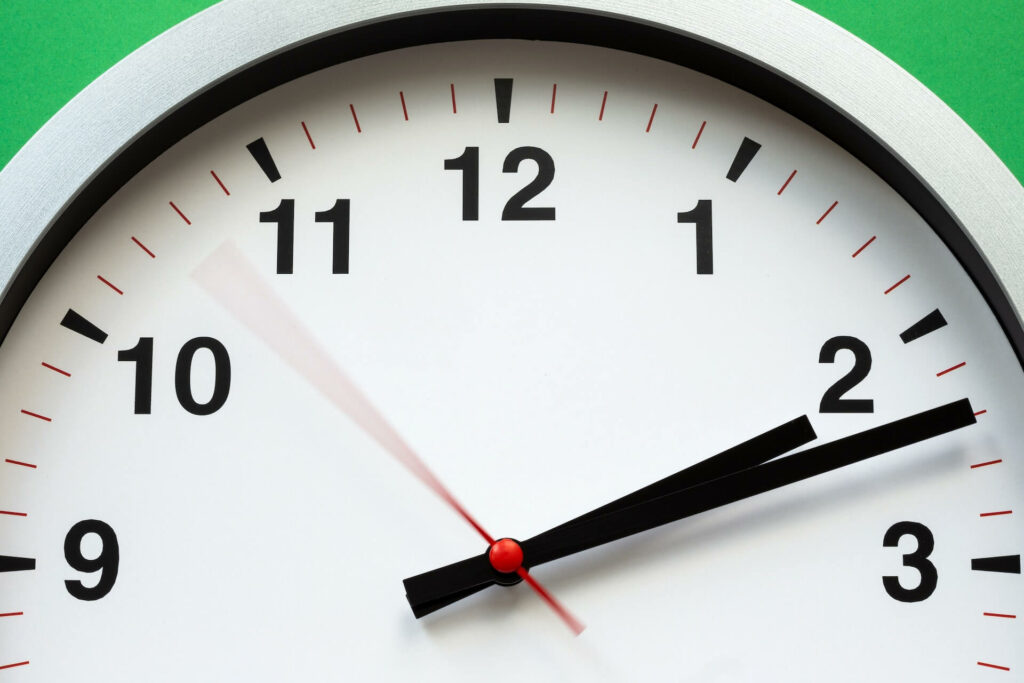
Analyze how you spend your time
To plan anything properly, the first thing is to assess the current status. That’s why you need to analyze where you spend your time. Peter Drucker says, “If you can’t measure it, you can’t manage it.” To measure your time, we use FlexyTime, but to start, look at your calendar and take small notes on your phone’s or computer’s note-taking app. After that, you would have a very basic time management log. Review how you spend your time. Which activities occupy most of your time? Which activities are lagging according to your schedule?
Prioritize your Tasks and Goals diligently
Write down all your tasks and goals. Afterward, lay all tasks on an Eisenhower matrix. Focus on important tasks. Prioritization is the key to achieving more meaningful work in less time. You will notice that some tasks can be delegated, and some can be dropped altogether! If you decide to drop certain activities, you may choose to re-evaluate them in the future. In that case, take a note in your calendar or to-do app.
Delegate Tasks – Be self-aware
Many people experience burnout because they can’t accept that they can’t achieve everything on their own. Everybody has a limited time. Refrain from wishful thinking when it comes to planning your workload. Decide how many hours you can work realistically. Look at the Eisenhower matrix you have created. Delegate all tasks under the unimportant/urgent quadrant! Delegating tasks may sound daunting at first, but it will become second nature as you practice.
Focus on important and urgent tasks first
Sounds like commonsense, right? But many people start working on urgent and unimportant tasks just because someone pushes them or because of lousy urgency assessment. Remember, you can’t please everyone. However, communicate effectively with people and give them a timeline if they push you hard.
Goal setting

After you plan which tasks to focus on, you may also want to set some minor and major goals. Here is a quick tip: keep your goals to yourself, and don’t tell anyone! When you speak about your plans to other people, the brain may play a small game with you! You might feel like you have already achieved the goal just by telling other people about it!
Create a schedule and stick to it
We all know consistency wins in the long and short run. Scheduling your tasks is the central column for your productivity system and developing habits. Use your calendar for this—Block time for focusing on complex tasks, projects, and even gym times on your calendar. Try to use the same hours for the same activity. Keep in mind that it takes 21 days to form a habit. So you may not adhere to your schedule a few times initially. Don’t feel bad; start again where you stopped.
Leave Buffer Time In-Between
It is a good practice to leave some buffer time between two tasks or calendar events. Things may take more time than you anticipate, or you may need to rest after an exhausting meeting or challenging tasks.
Do simple and small tasks first
I am sure you heard the famous speech about making your bed. So first thing first, start your day by completing simple tasks. This will give you enough motivation to do complex tasks later.
Prepare a 5 before 11 list daily
A 5 before 11 list is a list of five things you can do before 11 a.m, which was created by Allyson Lewis. Having a deadline and sense of urgency will let you focus on your five important things.
Schedule the work day according to your biorhythm
Many people advise doing the most critical tasks in the morning. But that is plain wrong. Everyone is a bit different and performs best at different times of the day. For successful time management, discover your peak performance hours and to schedule the difficult tasks at those times.
Set up strict time limits for tasks
That’s where the famous Parkinson’s Law comes into play. This law states that people typically excessively extend processes. For example, if you are given a task that should take a day and have a week to do it, the task will take a week. Sounds familiar?
That is why scheduling and assigning strict and realistic times to your tasks matter.
Aim to do one task at a time and refrain from multitasking.
If someone throws you just one ball, most probably you can catch it. But what happens if people throw you five balls at the same time? How many of them can you catch? So focus on one task at a time and never indulge in multitasking. Otherwise, the quality of your work may decrease substantially, and your stress level may increase as well. American Psychological Association‘s Scientific research back that up as well and states that our mind and brain were not designed for heavy-duty multitasking.
Schedule to take regular breaks
Regular breaks prevent your mind from wandering away from your current task. Find out how long you can focus on a task and take regular breaks accordingly. If you tend to sit for too long, that is unhealthy too. You can use a smartwatch to alarm you to stand up and have a break. But how we take break matters say Nir Ayal and Dr. Chelsea Robertson in their study. They suggest that when we take breaks, it is best to not mingle without phones but spend our break time in a natural environment, daydreaming or doodling, exercising, and laughing—if possible taking “20-20-20” eye breaks. This means staring at something 20 feet away for 20 seconds every 20 minutes.
Learn to Say No
The most essential time management skill is saying no to unimportant/nonurgent requests or tasks. These are the real time wasters. Avoid those at all costs.
Avoid Distractions
Your biggest productivity killer is in your pocket; it is your smartphone. Research by Trevor Wheelwright indicates that “A typical American checks his/her phones 344 times per day, that is once in every 4 minutes”. Moreover, you might have frequent email/text messages or notifications from social media platforms. So put a distance between you and your distractor. A very simple precaution to prevent interruptions is to turn off your phone’s notifications. Another good time management practice might be putting your phone in a drawer or away when you work.
Batch Similar and Related Tasks Together
To decrease your mental workload try to group similar tasks. So that you won’t have to skip between tasks that are very different in nature. For example, try to answer and check all your messages (i.e., email, WhatsApp, slack) together at a particular time.
Avoid working long hours and improve work-life balance

It is misleading to assume that working long hours translates to achieving many tasks or goals. At the end of the day, the number of productive hours is important. With low productivity, you can never get anything done, and all days become a workday! Another significant side effect of working long hours is that it harms your work-life balance. It may deteriorate your health as well. You can be successful in the short and long run only by consistent and conscious planning of your time.
Purge and cleanse the unfinished tasks in your mind
This is best done with a pen and paper. Use the to-do list approach we offer at time management techniques. However, qualify the tasks on your mind, and as mentioned above, if a task is neither urgent nor important, remove it from your list. Otherwise, it will clutter your mind, drain your mental power and increase your stress levels.
Stop the Procrastination

To stop procrastination, we should first know why it is happening because it is obvious that it sabotages our life and productivity. Cognitive neuroscientist Nawal Mustafa says that “negative feelings around a task (such as boredom, anxiety, insecurity, frustration, resentment, and self-doubt) and giving in to distractions for instant gratification or having a very little concern for our future self” are the main reasons we procrastinate.
To overcome procrastination, do your best to work for 10-15 minutes on the task. If it does not work out, try again later. If you see you are achieving small steps, it will give your enough willpower to go on.
Best time management techniques and tools
So far, we have reviewed the why and how of good time management skills. Now we will share the best tools, apps, and techniques to control your time and have a more productive workday.
To-do list organization

Write down all urgent and important things and tasks you have on your mind. If you prefer to use an app for that, the popular ones are Todoist and Things3. Some people even use Asana as a to-do app.
Making a task list relieves you from stress. But be prudent in writing and brutal at removing non-value-adding and non-urgent tasks.
After you create your list, you can also create daily to-do lists so you can have a calendar perspective.
Pareto analysis
The famous 80 / 20 rule, or as some call it, the Pareto rule states that 80% of outcomes result from 20% of all causes or inputs for any event. That means, i.e., If you have 100 tasks on your list, 20 of your tasks will contribute 80% of your success. So, not all of your tasks are equal. An Eisenhower matrix is one of the best ways to sort your tasks.
The Eisenhower Method or ABCD analysis Priority Matrix
The Eisenhower Method suggests tagging all your tasks with two variables. You should decide whether a task is important or unimportant and urgent or non-urgent. After you tag all your tasks. You can form such a matrix:
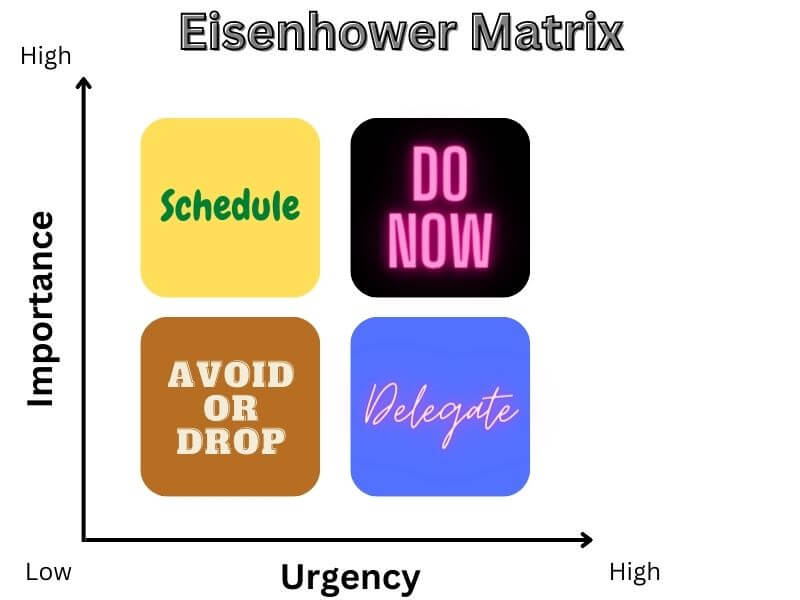
You should be doing all important and urgent problems as soon as possible personally. If a task is important but not urgent, you can schedule and do it later.
If a task is unimportant but urgent, it still needs to be attended to. That is why you should delegate them to someone and get them done.
The remaining tasks will be neither urgent nor important. Drop/delete them from your list. That is the heart and the most productive action you can take with the Eisenhower Method.
Getting Things Done Methodology
Getting Things Done is a famous book about productivity by David Allen. When it comes to productivity, it is a reference work. The fundamental idea in this book is to complete all little activities right away and break down larger jobs into smaller ones that can be started immediately. The target is to avoid information overload and get things done.
Use the Pomodoro Technique
The Pomodoro technique advises working in chunks of time. Each chunk of working time is 25 minutes. Afterward, you can take a small break of minutes. This is called a period (very similar to a set of workout at a gym). You can take a longer break for 15-30 minutes at the end of the four periods.
With planned and deliberate rest times, the Pomodoro technique prevents burnout or your mind from wandering off the tasks. However, remember that you can adjust the times given. Some people may work for 40 minutes and take 10-minute small breaks or you can take a long break for a different amount of time. It is all up to you.
Use Automatic Time Tracker Tools or Manual Timers
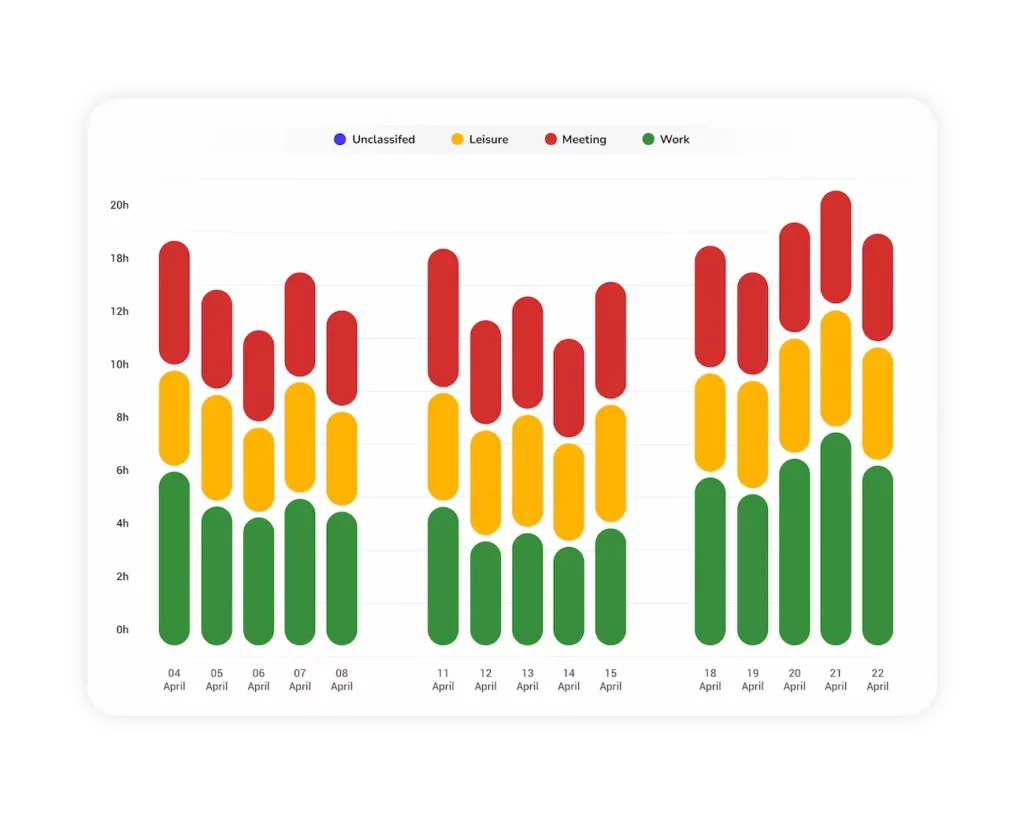
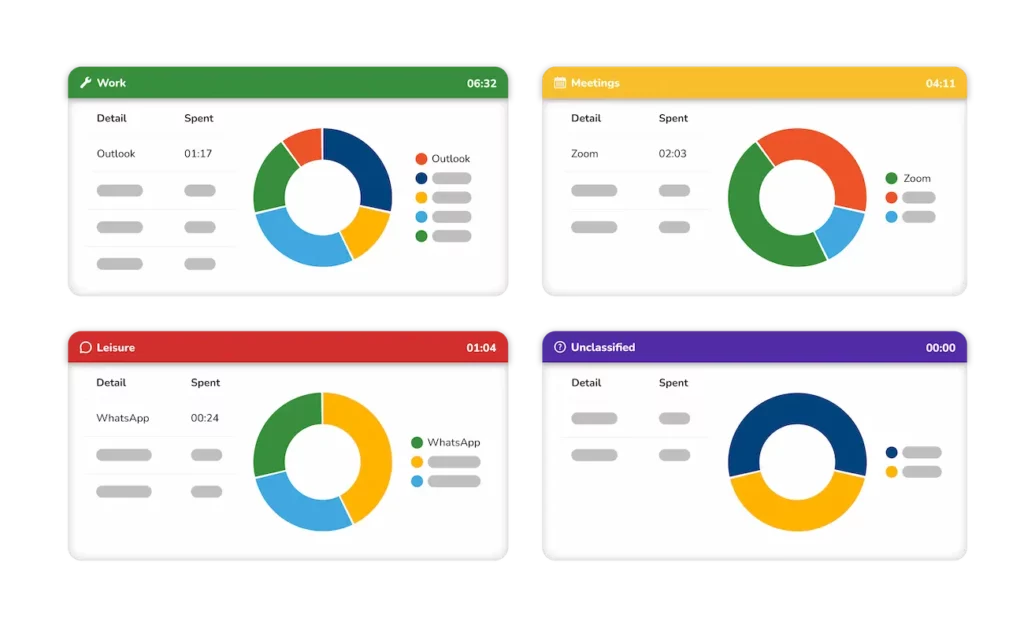
There are a myriad number of manual time trackers out there. But we would strongly suggest you use an automatic time-tracking tool. Because manual time trackers rely on you to start and stop timers for each task you work on. But with Flexytime you can see your daily log, and associate your activities with tasks. So that you can track how much time you spend on each activity. In addition to that, FlexyTime gives you insight into your productivity and well-being as well. For this time management tool pricing please check here.
What are the important factors of time management?
First of all, you need to create your own system with the tools and tips mentioned above. Creating your system promotes ownership. Adjust anything according to your needs. Everything mentioned here is just a blueprint to help you to start. Keep in mind that, even though you create the best productive time management system, your success will depend on one factor: your willingness to stick with the system you have created.
Wrap-Up – Level up your time management
The cold truth is we don’t have enough time and we are overloaded with information, and requests (tasks, family, our wishes, etc). The only way to survive this highly demanding era of information is to be self-aware and manage our time and ourselves. In that sense, time management increases our awareness by pushing us to do frequent time audits, and increase our productivity but the most important result we benefit from is it promotes mental health.
A better life with more time for your family, hobbies, and projects awaits. Start building your time management system now.



